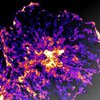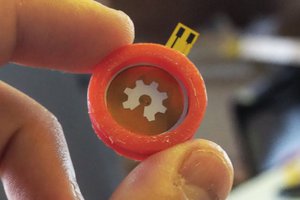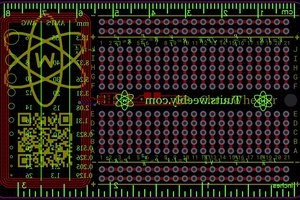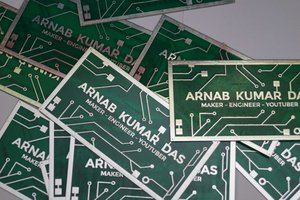I had to reupload the video with some personal info blurred. You can find the old link below, which I will remove later at some point. New video:
Microfluidic Business Card
Who said only electronic signals can flow through circuits? I used water instead.
 Saren Tasciyan
Saren Tasciyan


 Carl Bugeja
Carl Bugeja
 Chris Wheeler
Chris Wheeler
 Arnab Kumar Das
Arnab Kumar Das
 Tesseract-runner
Tesseract-runner
https://8171check.com